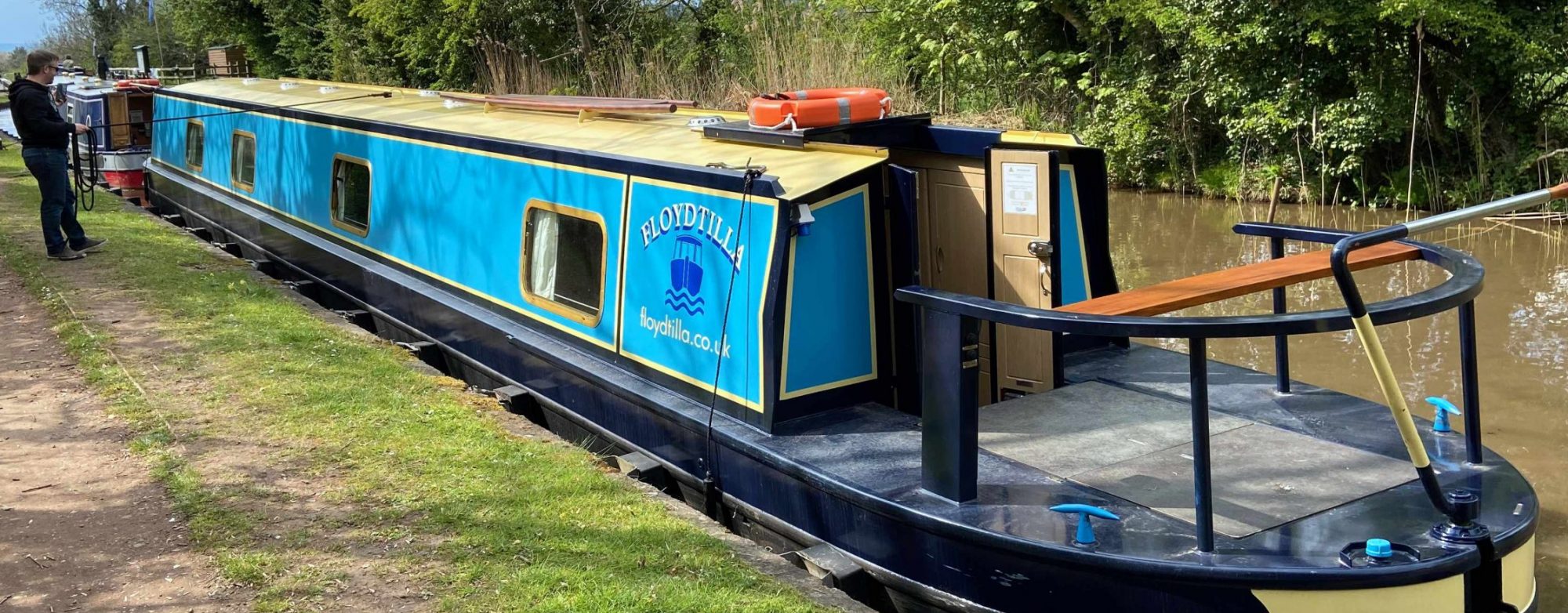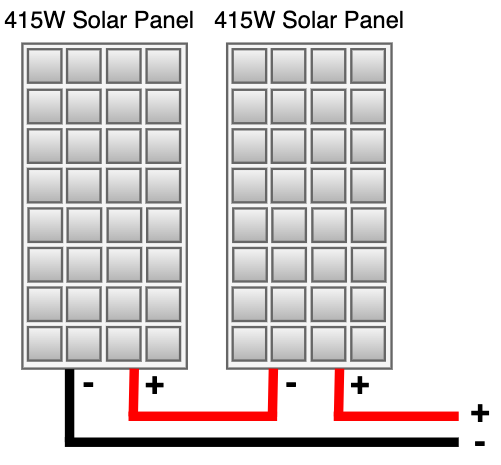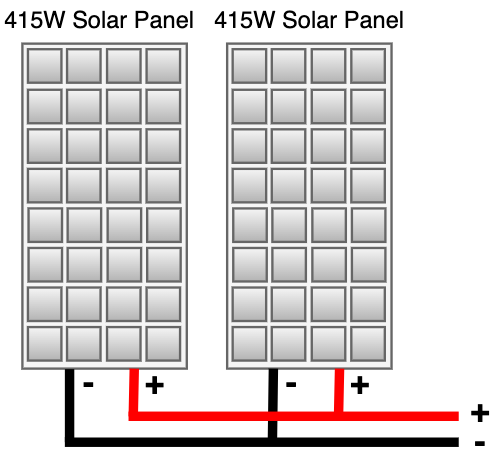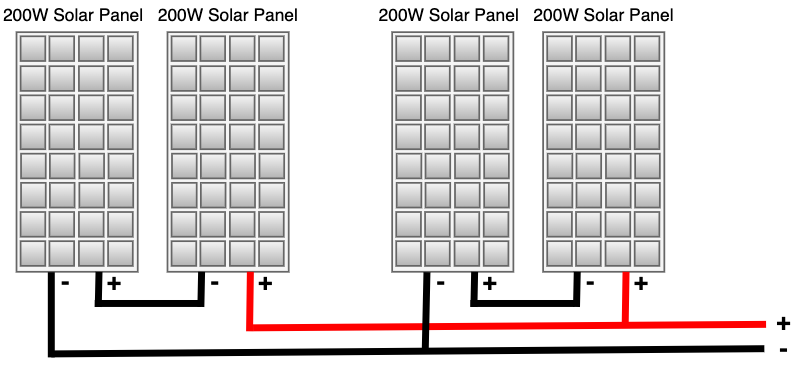 Last time our plans got all messed up by Covid, now we have finally made it to the Crick Boat Show and WOW, what a well organised event. We arrived early, about ½ an hour before opening, we expected it to be very busy, lots of people had already arrived, many staying over in tents and caravans. Parking was very well organised, and we soon found ourselves queuing in a long queue for tickets, it was already getting hot, but the queues moved very quickly and just five minutes after opening we were in with our yellow wrist bands attached.
Last time our plans got all messed up by Covid, now we have finally made it to the Crick Boat Show and WOW, what a well organised event. We arrived early, about ½ an hour before opening, we expected it to be very busy, lots of people had already arrived, many staying over in tents and caravans. Parking was very well organised, and we soon found ourselves queuing in a long queue for tickets, it was already getting hot, but the queues moved very quickly and just five minutes after opening we were in with our yellow wrist bands attached.

We had no plan of what we wanted to see, I was still looking for a bit to use in our solar setup, but otherwise we just wandered about.
While we are very happy at Droitwich Spa Marina and would recommend it to anyone, we are starting to plan moving on so that we can explore some other parts of the network. We found a few smaller/Independent marina’s that we will be going to visit in the next few months including:-
- OverWater Marina – On the Shropshire Union
- White Mills – On the River Nene
- Dunchurch Wharf – On the North Oxford Canal
- DebdaleWharf Marina – Grand Union Canal Leicester Section
Some Marina marketing seems to often lack even the most basic information, if you are putting together a website or flyer, make sure you have done the basics, like tell us which Canal you are on, I am sure you know, but I don’t. This was the first question we asked them all?
We also visited our paint supplier, Symphony Narrowboat Paints, as we had some problems identifying the correct yellow that was used on our roof. They have at least 5 possible candidates, but I am almost sure it was Cream after looking at samples on their stand.
What else did we buy…
We liked the Midland Chandlers tent, purchased some Oxford Mint Narrowboat Wash and a Cannon Tools Water Flow Brush that fits to our hose, that will be used tomorrow.
We also found a special tool for clearing weed from the propeller called a Prop-Mate from Brass Mate who also make Brolly Mate which we may order once we know which size we need.
From LifeAfloatMyNarrowboat we finally purchased our first bit of canal decorated Canal ware, a metal teapot and two tin mugs
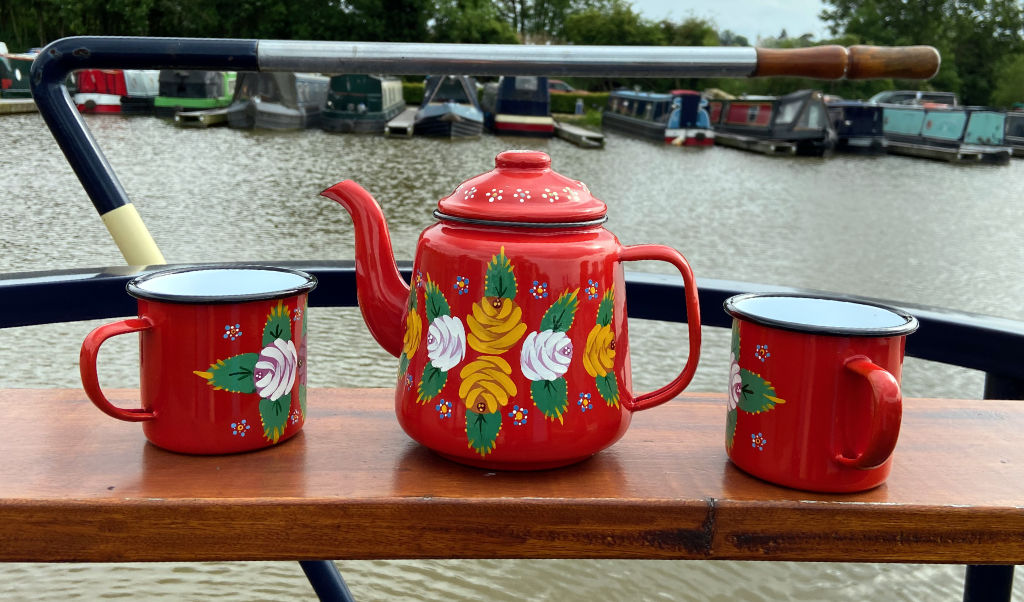
Unfortunately we don’t have a link we can post for this small business, but I will update this if we find one.
Sonia found some Kingfisher earrings on one of the stalls and a rainbow hat on another that we added to our haul
Just before we left, we came across Youtubers who’s channel Minimalist we follow selling their excellent Maps, Mugs, Earrings and Jigsaws, I am sure I bored Michael talking about programming and Node-Red
Well we really enjoyed our visit to the show, I am sure we will attend again.
